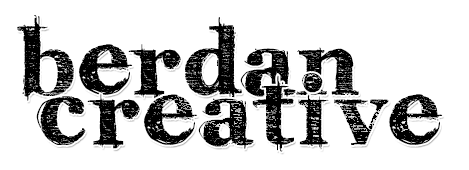I'm sure this is not unique, but this is a prototyping model that I've developed, and very much works for me.
The key is that all ideas live in a Phase continuum all the time. Every single one of my (hundreds of) ideas moves around between these phases, and sometimes an idea gets stuck in a phase. That's ok. Disinterest and apathy about a particular idea is normal. If it passes, the idea might change phases and progress. Or it might stay stuck in a phase. Let it go, and move on to other concepts. When/if you return to it, the disinterest might have moved on, and so can the idea.
With that said, let's talk about the phases. An idea visits each phase in turn, but may jump back to a previous phase. Note that, in the following, I use idea/prototype/product pretty much interchangeably. They're simply terms for the same thing at different phases.
Phase 1: Conception - each idea begins as just that, an idea. A single sentence is enough. All ideas are written down, good or bad. To some degree, if I thought of it enough to consider it, there's some value in there. It gets written down in a big list. I just use a flat markdown-formatted text file, because I like simple tools.
Phase 2: Elaboration - after some time, I go back to an idea and add content, explanation, additional subconcepts, etc, etc. This is the first value checkpoint. If I can't think of more to add to an idea, it stays in Phase 1. This is, again, just a simple text file.
Phase 3: Actualization - this is the point that I make a draft, proof-of-concept, physical prototype or mockup. It rapidly becomes apparent whether something is going to work or not. I use various rapid prototyping tools for this, depending on what I'm building.
Phase 4: Consideration - this phase is typically when I sit back and actually attempt to use the product. This may involve playtesting, printing, listening, watching, demoing, or just posting on the net somewhere. The goal is to gather additional information about the prototype to see if an introduction of information changes it for good or bad.
Phase 5: Production - I take the prototype to a full production product at this point. It's generally in a usable state (though may not be complete), and it's had enough 'grab' that I feel like the product has some viability, though it may well be niche.
Phase 6: Introduction - a viable product is made into a release that is put out for consumption. As I mostly make digital products, this means posting it on the internet somewhere -- App Store, Play Store, web store, streaming site, etc. Occasionally, I do make physical products, but my inclination is to use on-demand manufacturing to essentially transform physical products into conceptually digital ones from my point of view. At the point of release, the market takes over and it becomes, to some degree, a marketing problem. That's a post for another day.
And there you have it. From idea to market. It's a little rambling. I've only had half a coffee so far this morning.
